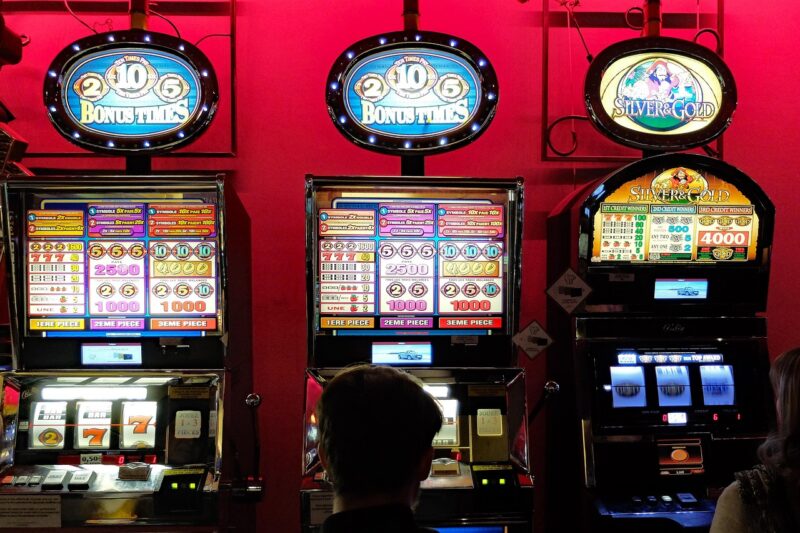
A CTR Calculator is a vital tool for digital marketers used to measure the performance of an online advertising campaign, a hyperlink, or a call-to-action. To calculate Click-Through Rate (CTR), you use the formula: CTR = (Total Clicks ÷ Total Impressions) x 100. For example, if your ad receives 100 clicks from 2,000 impressions, your CTR would be 5%. This percentage represents how often people who see your ad or link end up clicking it, making it a key indicator of relevance and creative effectiveness.
How to Calculate CTR: Formula and Example
| Component | Description | Example Value |
| Total Clicks | The total number of times your ad, link, or call-to-action was clicked. | 150 Clicks |
| Total Impressions | The total number of times your ad or link was displayed on a screen. | 5,000 Impressions |
| CTR Formula | (Total Clicks / Total Impressions) x 100 | (150 / 5,000) x 100 |
| Result (CTR) | 3% | 3% |
| Interpretation | 3% of the people who saw the ad or link clicked on it. | Good Performance |
The Ultimate Guide to Understanding and Calculating Click-Through Rate (CTR) in 2025
In the vast and competitive digital universe, visibility is only the first step. Getting your ad, email, or search result in front of an audience is one thing, but compelling them to act is another entirely. This is where Click-Through Rate (CTR) comes into play. As one of the most fundamental metrics in digital marketing, CTR measures the effectiveness of your creative and messaging at sparking interest. Whether you are running a PPC campaign, optimizing for search engines (SEO), or sending out an email blast, understanding how to calculate and interpret your CTR is essential for diagnosing performance, improving engagement, and maximizing your return on investment.
What is Click-Through Rate (CTR) and Why Is It So Important?
Click-Through Rate (CTR) is a percentage that shows how frequently people who are served an ad or see a search result click on it. In simple terms, it’s the ratio of clicks to impressions. A high CTR indicates that your ad or content is relevant and compelling to your target audience, while a low CTR suggests that it’s failing to capture their attention.
The importance of CTR in 2025 extends across multiple marketing channels:
- Measures Ad Performance: In PPC advertising (like Google Ads and Facebook Ads), CTR is a primary indicator of ad quality. A high CTR signals that your ad creative and copy are resonating with the audience you’re targeting.
- Influences Quality Score and Ad Rank: On platforms like Google Ads, your ad’s CTR is a major component of your Quality Score. A higher Quality Score can lead to lower ad costs (Cost Per Click) and better ad placements, giving you more visibility for less money.
- Indicates SEO Effectiveness: In search engine optimization (SEO), a high organic CTR from a search engine results page (SERP) tells Google that your page title and meta description are highly relevant to the search query. This can be a positive signal that may contribute to improved search rankings over time.
- Gauges Email Engagement: For email marketing, CTR measures how many subscribers clicked on a link within your email. It’s a much more powerful engagement metric than open rate, as it signifies a user took a specific action.
- Provides Audience Insights: A low CTR is a clear piece of feedback. It tells you there’s a disconnect between your message and your audience. This insight is crucial for A/B testing and optimizing your campaigns.
The Simple CTR Formula
The CTR formula is straightforward and universal across all platforms:
CTR=(Total ImpressionsTotal Clicks)×100
- Total Clicks: The number of clicks on your ad or link.
- Total Impressions: The number of times your ad or link was shown.
For instance, if your Facebook ad was shown 10,000 times (impressions) and received 250 clicks, your CTR calculation would be:
CTR=(10,000250)×100=2.5%
What is a “Good” Click-Through Rate?
This is one of the most common questions in marketing, and the answer is always: “It depends.” A “good” CTR is highly contextual and varies based on several factors:
- Industry: The average CTR by industry can differ significantly. A niche B2B industry might have a lower average CTR than a trendy e-commerce sector.
- Platform: The average CTR for a Google Ads search campaign (where users have high intent) is typically much higher than for a display ad campaign (where ads are shown to users browsing other content).
- Keyword Intent: In search advertising, CTR for branded keywords (e.g., “Nike shoes”) will be much higher than for broad, non-branded keywords (e.g., “running shoes”).
- Ad Placement: An ad at the very top of the search results will naturally have a higher CTR than one at the bottom of the page.
General Benchmarks for 2025:
- Google Search Ads: An average CTR is around 2-5%. A CTR above 5% is generally considered strong.
- Facebook Ads (Feed): An average CTR is around 1-2%. Anything above 2% is often considered good.
- Email Marketing: An average CTR is typically between 2-4%, though this varies greatly by industry and audience engagement.
The most important benchmark is your own historical performance. The goal should always be to improve your CTR over time.
Actionable Strategies to Improve Your Click-Through Rate
A low CTR is not a failure; it’s an opportunity to optimize. Here are proven strategies to boost your CTR across different channels:
- Write Compelling Ad Copy and Headlines:
- Be Specific and Relevant: Your headline and ad copy must directly address the user’s search query or pain point.
- Include Strong Calls-to-Action (CTAs): Tell users exactly what you want them to do: “Shop Now,” “Download Free Guide,” “Get Your Free Quote.”
- Create Urgency and FOMO: Use words like “Limited Time,” “Today Only,” or “Sale Ends Soon” to encourage immediate clicks.
- Refine Your Targeting:
- Use Negative Keywords (PPC): Prevent your ads from showing for irrelevant searches. This stops you from getting impressions from users who would never click.
- Sharpen Audience Targeting (Social): On platforms like Facebook, use detailed demographic, interest, and behavioral targeting to ensure your ad is only shown to the most relevant audience.
- Optimize for SEO CTR:
- Craft Intriguing Page Titles: Your title tag is the most important element for earning a click in the SERPs. Use your target keyword and make it compelling. Ask a question or use numbers (e.g., “10 Ways to…”).
- Write Persuasive Meta Descriptions: Your meta description is your ad copy for the organic results. Use it to summarize the page’s value and include a CTA.
- Leverage Ad Extensions (PPC):
- Use sitelink, callout, and structured snippet extensions in Google Ads. These make your ad larger, more informative, and more clickable, which can significantly increase your CTR.
- A/B Test Everything:
- Never assume you know what will work best. Continuously test different headlines, ad copy, images, videos, and CTAs. A small tweak can lead to a significant improvement in your Click-Through Rate.
By consistently using a CTR Calculator to monitor your performance and implementing these optimization strategies, you can ensure your message not only reaches your audience but also resonates with them enough to earn the click—the critical first step in any successful conversion funnel.













